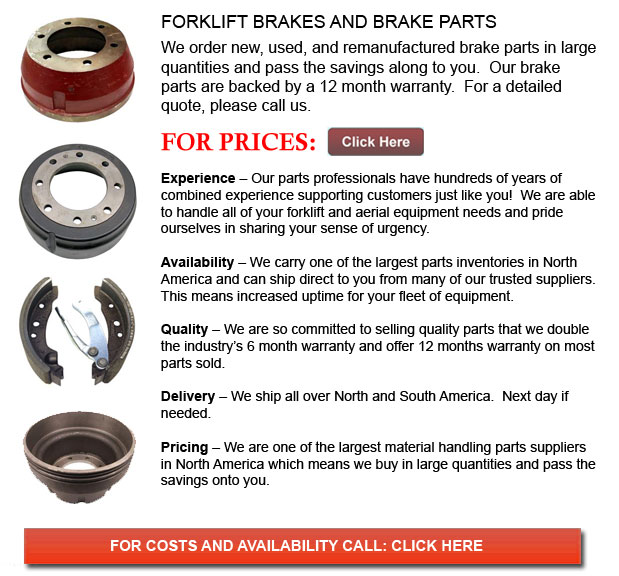
Forklift Brakes - A brake drum is in which the friction is provided by the brake shoes or brake pads. The shoes or pads press up against the rotating brake drum. There are some different brake drums types along with certain specific differences. A "break drum" will generally refer to if either shoes or pads press onto the inner exterior of the drum. A "clasp brake" is the term utilized to be able to describe if shoes press against the exterior of the drum. One more kind of brake, called a "band brake" utilizes a flexible band or belt to wrap round the exterior of the drum. If the drum is pinched in between two shoes, it can be referred to as a "pinch brake drum." Like a typical disc brake, these kinds of brakes are quite rare.
Early brake drums, before the year 1995, required to be constantly adjusted so as to compensate for wear of the shoe and drum. "Low pedal" can cause the required adjustments are not carried out sufficiently. The vehicle can become dangerous and the brakes could become ineffective if low pedal is combined together with brake fade.
There are various Self Adjusting Brake Systems available, and they could be categorized within two major types, RAI and RAD. RAI systems have built in tools that prevent the systems to recover when the brake is overheating. The most recognized RAI manufacturers are Bendix, Lucas, Bosch and AP. The most well-known RAD systems consist of AP, Bendix, Ford recovery systems and Volkswagen, VAG.
Self repositioning brakes normally use a device which engages only when the motor vehicle is being stopped from reverse motion. This stopping approach is acceptable for use where all wheels use brake drums. Nearly all vehicles now use disc brakes on the front wheels. By operating only in reverse it is less possible that the brakes would be applied while hot and the brake drums are expanded. If adjusted while hot, "dragging brakes" can happen, which increases fuel expenditure and accelerates wear. A ratchet tool which becomes engaged as the hand brake is set is one more way the self adjusting brakes can function. This means is only appropriate in functions where rear brake drums are utilized. When the parking or emergency brake actuator lever goes beyond a certain amount of travel, the ratchet improvements an adjuster screw and the brake shoes move in the direction of the drum.
There is a manual adjustment knob placed at the bottom of the drum. It is typically adjusted through a hole on the other side of the wheel and this involves getting underneath the forklift along with a flathead screwdriver. It is of utmost importance to be able to move the click wheel correctly and adjust each and every wheel evenly. If uneven adjustment happens, the vehicle could pull to one side during heavy braking. The most efficient way in order to guarantee this tedious job is accomplished safely is to either raise each wheel off the ground and spin it by hand while measuring how much force it takes and feeling if the shoes are dragging, or give each one the exact amount of clicks using the hand and then perform a road test.
![]() Click to Download the pdf
Click to Download the pdf
Forklift Parts
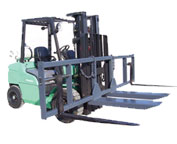
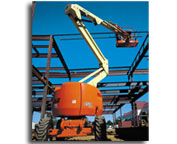
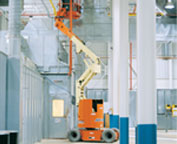
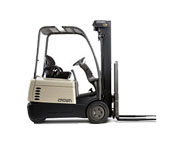
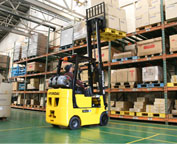
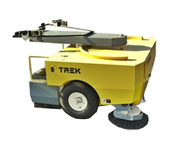
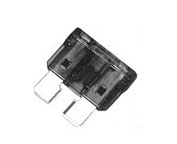
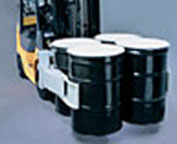
Lift Parts Express
TOLL FREE: 1-888-695-7994
LOCAL: (925) 215-7161
39120 Argonaut Way 423
Fremont, California
forkliftpartsfremont.com
Email Us
About Us


